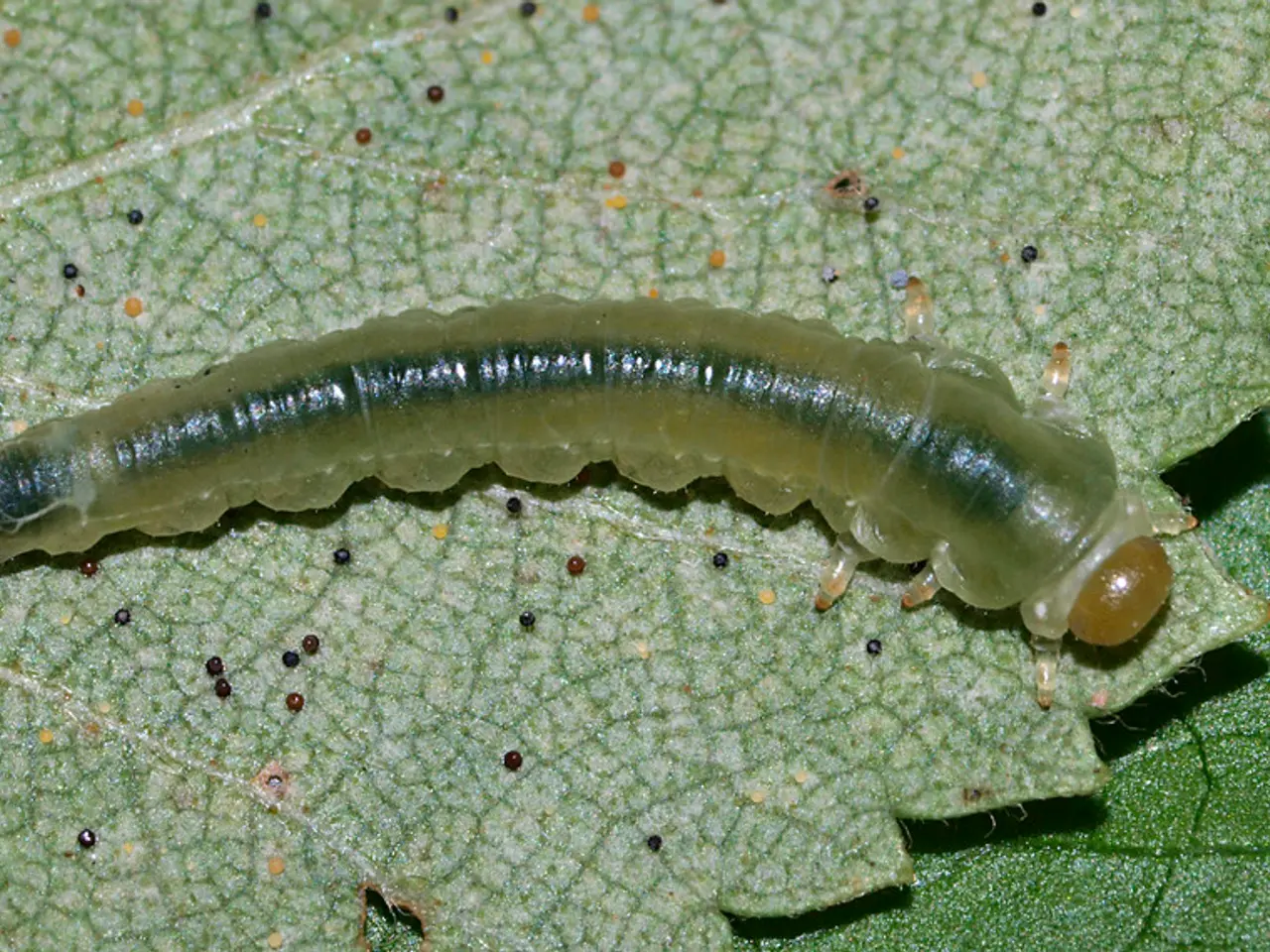Destruction of Cruciferous Vegetables by Black Fungus
Black rot, a bacterial disease affecting crucifer vegetables such as cabbage, cauliflower, and turnip, can be a significant challenge for gardeners and farmers alike. However, with the right strategies and practices, it can be effectively managed.
The pathogen responsible for black rot is Xanthomonas campestris pv. campestris. The disease cycle begins in infected seed or crop residue and thrives in warm, humid conditions, particularly when temperatures range between 80-86°F and the weather is wet.
To combat black rot, several integrated measures are recommended. Using high-quality certified seeds free from Xanthomonas campestris bacteria is crucial. Crop rotation with non-cruciferous crops, such as bell peppers, tomatoes, and cucumbers, for at least three years is also essential. Planting in well-drained soils and using irrigation methods that minimize leaf wetness are additional cultural practices that can help control the disease.
Maintaining field sanitation is another key aspect. This includes removing and burning crop residues, disinfecting seedbeds and equipment, and controlling insect vectors that spread the disease. Keeping fields free of cruciferous weeds is also important.
Improving air circulation around plants by proper spacing and avoiding excessive humidity can help reduce disease incidence. weekly sprays of copper products can slow the spread of black rot, but cultural practices are likely to be more effective.
Removing infected plants and avoiding work around wet plants are recommended preventive measures. Crucifer plants should be located where air and soil drainage is good, and fall tillage will hasten the decomposition of infested crop residue and decrease pathogen populations.
Good sanitation practices, including quick removal of old debris and the use of clean equipment, are important in preventing the bacteria from persisting and overwintering. Planting black rot-tolerant varieties is beneficial when possible, and using disease-free seed and transplants is essential.
As the diseased area of the leaf expands, it turns a mottled brown, and the leaf veins in the affected areas may appear black. Eventually, the leaf collapses. The pathogen may enter the stem and spread to all parts of the plant through the vascular system, causing black discoloration in cross-section when viewed in infected stems.
Broccoli is somewhat resistant to black rot, and radish is usually highly resistant. However, it's always best to follow the guidelines outlined above to ensure the health of your crucifer crops.
In conclusion, an integrated, sustainable approach that includes these practices helps reduce inoculum sources and limit disease spread. By implementing these strategies, gardeners and farmers can effectively manage black rot and enjoy bountiful crucifer harvests.
References:
[1] Whitaker, J. W., & Lowery, F. T. (2001). Black rot of crucifers. In Plant Disease Management in Vegetable Crops (pp. 97-103). Elsevier.
[2] Smith, D. B., & Whipkey, A. O. (2008). Black rot of crucifers. In Compendium of Vegetable Diseases (pp. 280-284). APS Press.
- The bacteria responsible for black rot, Xanthomonas campestris, thrives in warm, humid conditions and can be found in infected seed or crop residue.
- To manage black rot effectively, gardeners and farmers can use high-quality certified seeds free from Xanthomonas campestris bacteria, practice crop rotation with non-cruciferous crops, and plant in well-drained soils.
- In addition to cultural practices, maintaining field sanitation by removing and burning crop residues, disinfecting seedbeds and equipment, and controlling insect vectors that spread the disease can help control black rot.
- Improving air circulation around plants and avoiding excessive humidity can help reduce disease incidence. Weekly sprays of copper products can slow the spread of black rot, but cultural practices are likely to be more effective in managing the disease.




